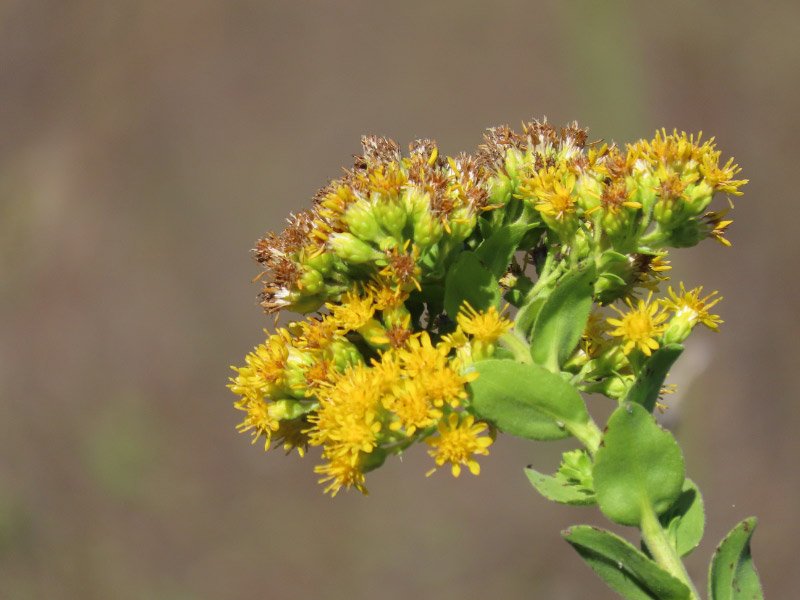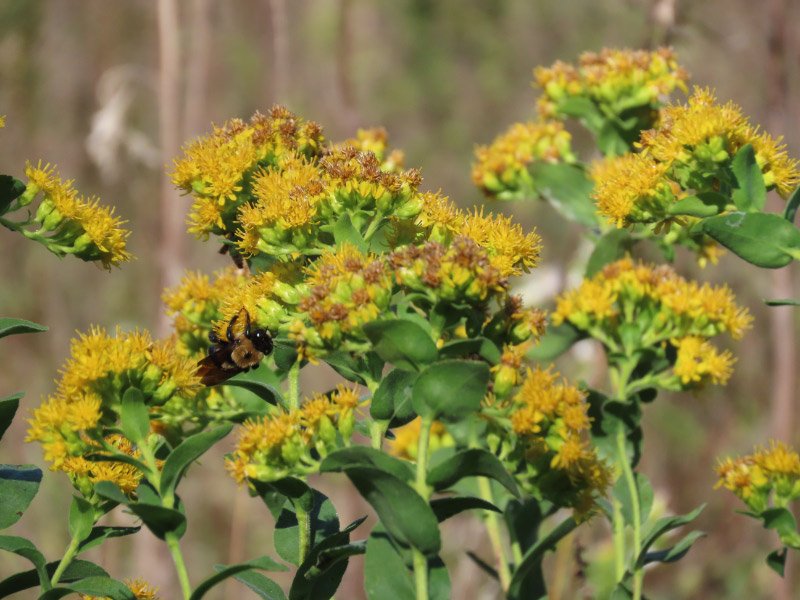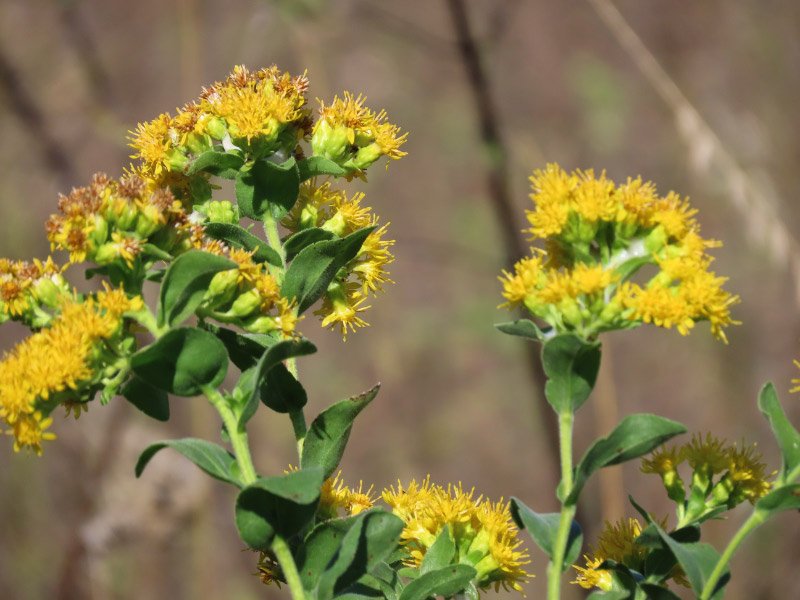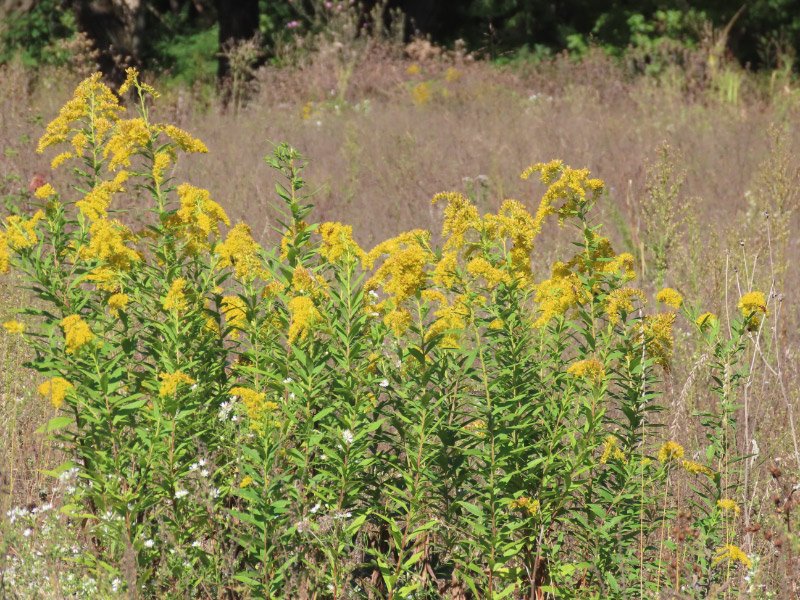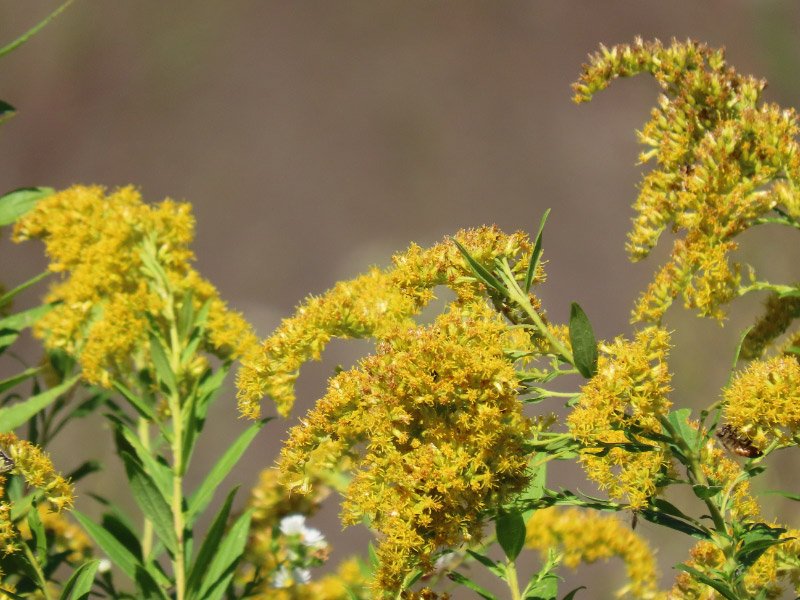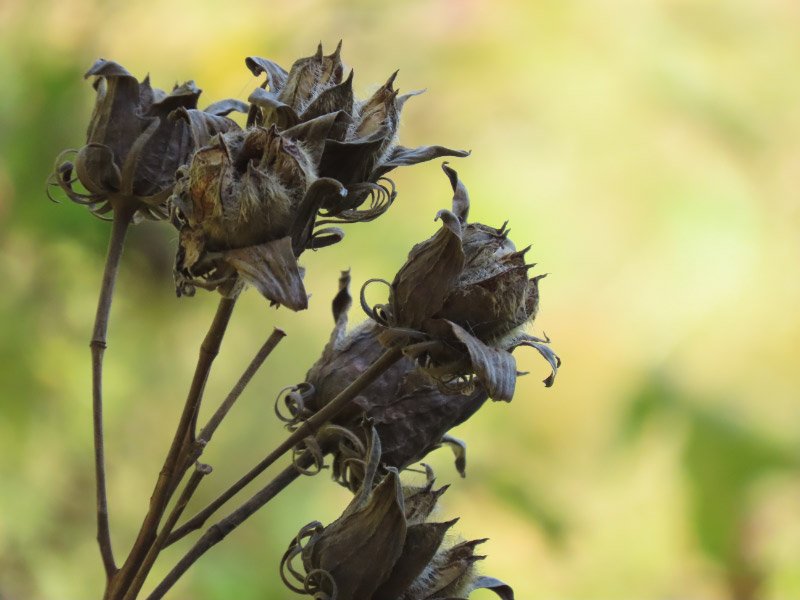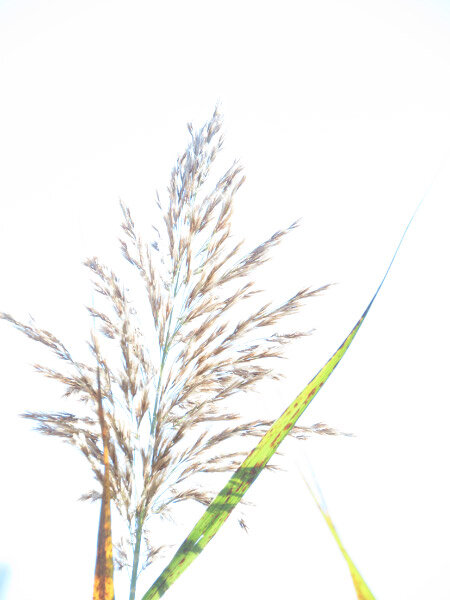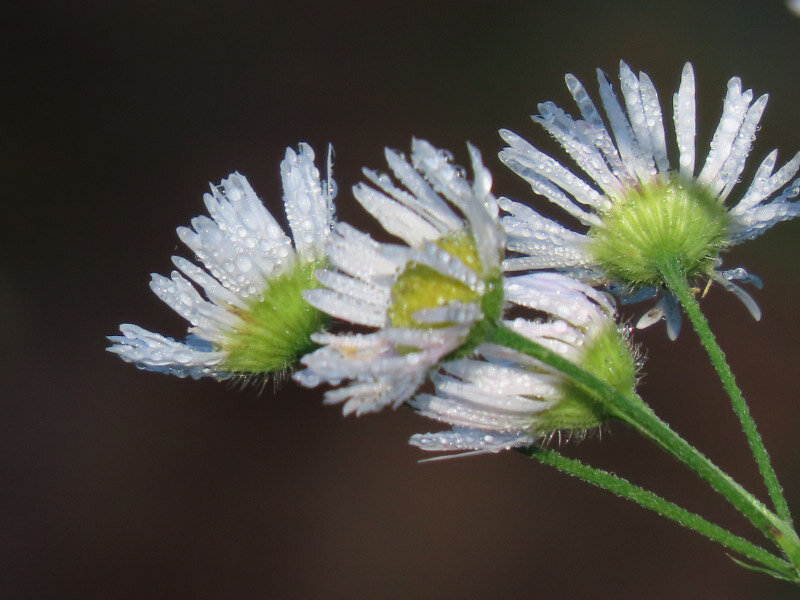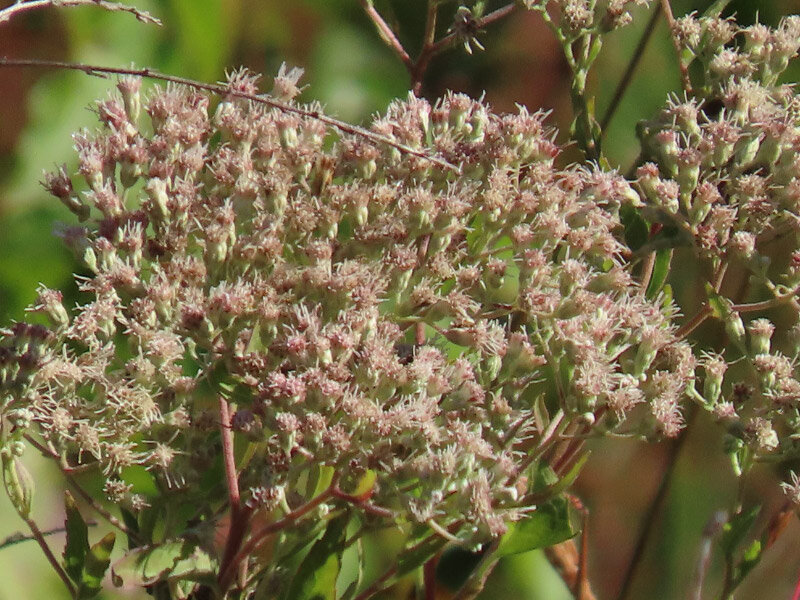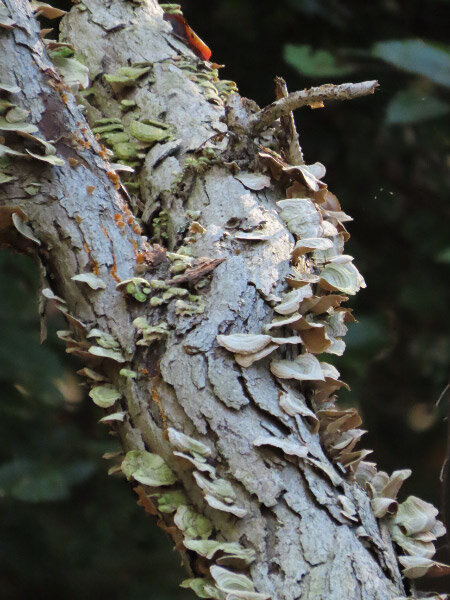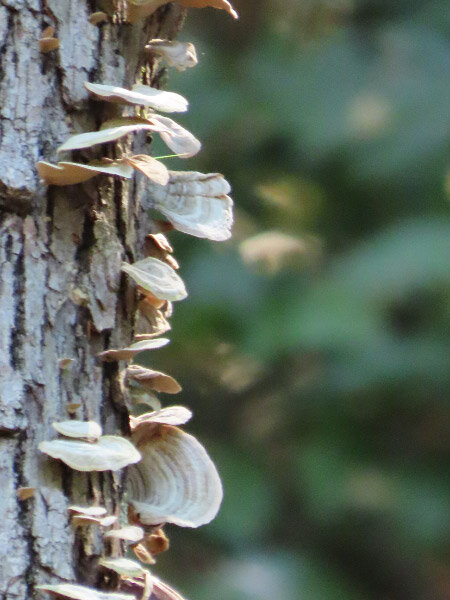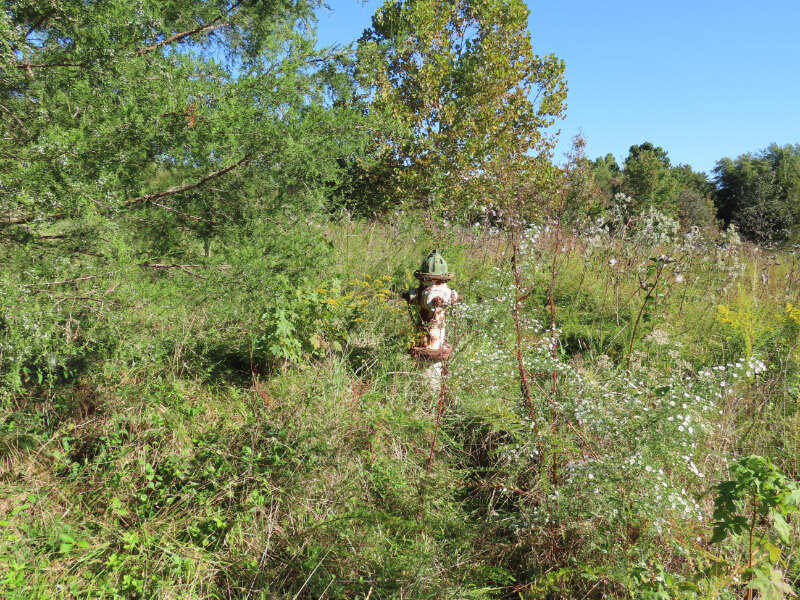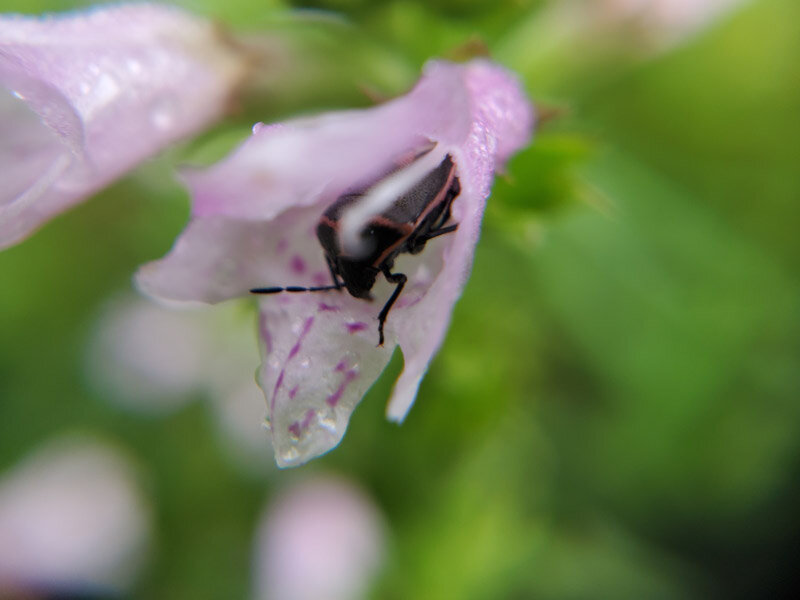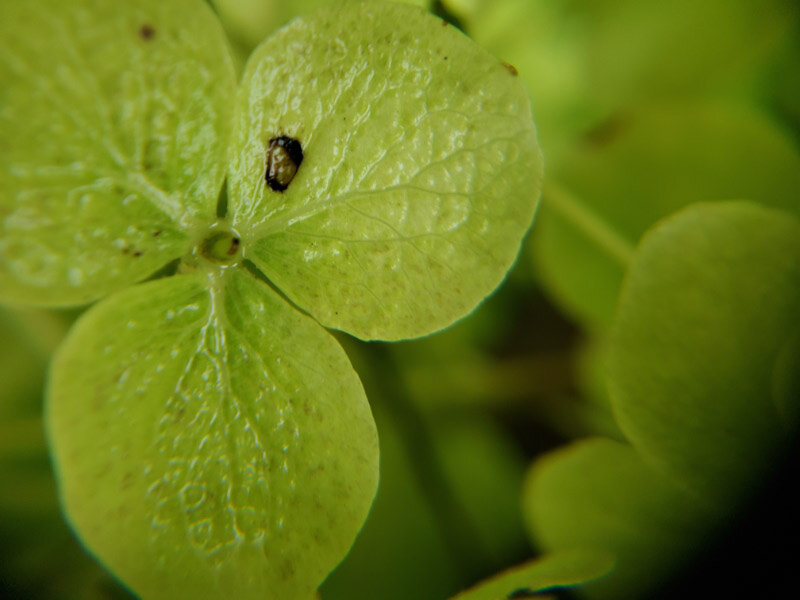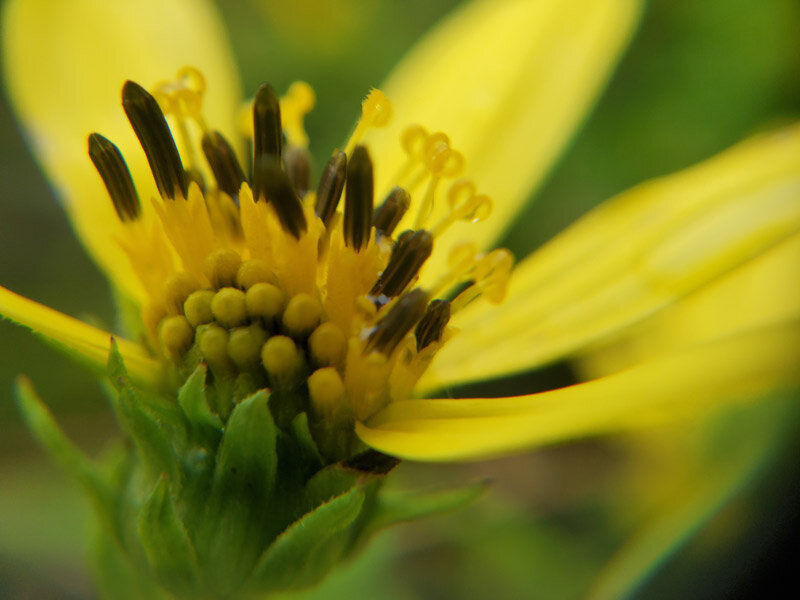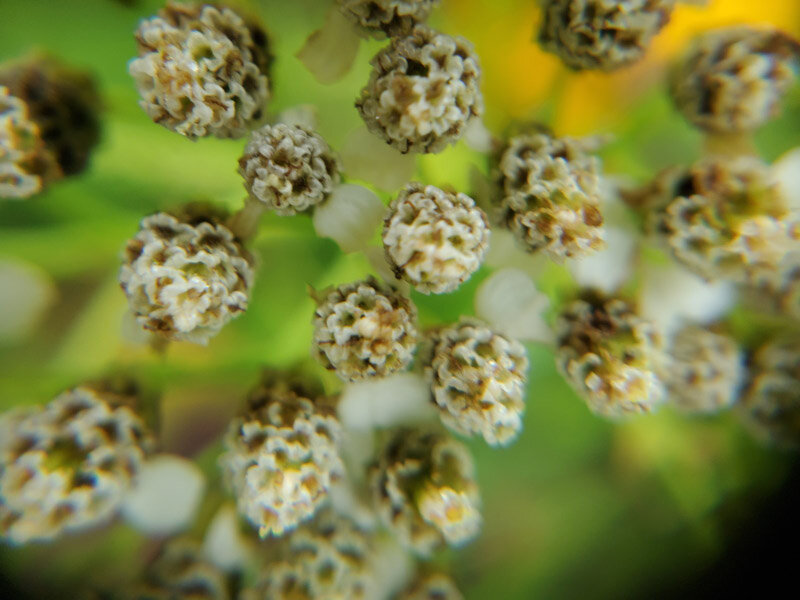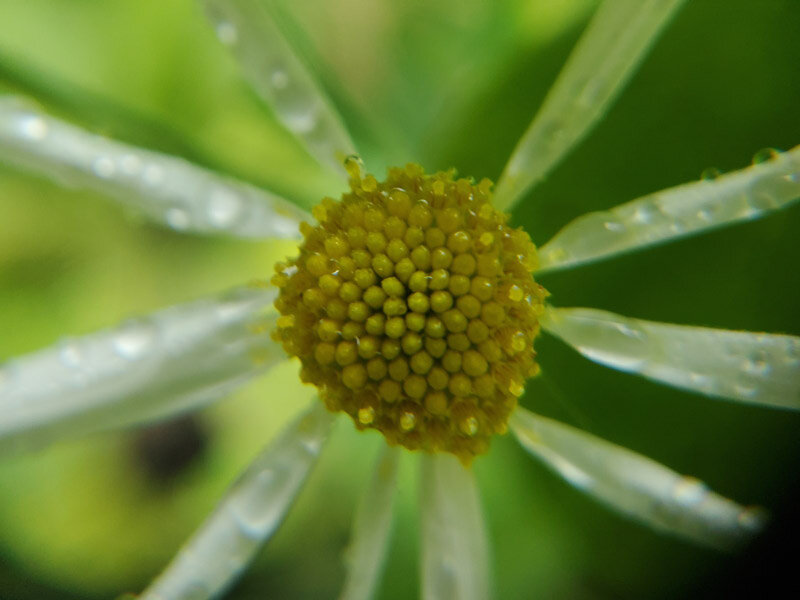Gleanings of the Week Ending October 12, 2024
/The items below were ‘the cream’ of the articles and websites I found this past week. Click on the light green text to look at the article.
Who Was Buried in Spain’s Megalithic Necropolis of Panoría? - More women than men were buried in Panoria, where human remains were interred in collective burials between 4,100 and 5,600 years ago.
On Navajo Lands, Ancient Ways Are Restoring the Parched Earth - Traditional rock and stick structures, similar to those used by Native peoples long before Europeans arrived on the continent, are not only delivering water to crops they are also restoring the watershed and those of neighbors, helping to sequester carbon, and reviving this high-desert ecosystem…. an opportunity to begin developing localized food economies.
Megadiverse flowering plant family on isolated islands – A high number of evolutionary events -- occurred in the aster family (daisies, sunflowers, and asters) within relatively short time periods on many islands worldwide.
Why is Mount Everest so big? New research highlights a rogue river – but deeper forces are at work - Everest is around 250m taller than the other great peaks of the Himalayas. It is also growing by about 2mm each year – roughly twice as fast as it has been growing on average over the long term. The Arun river’s course changed around 90,000 years ago, eroding away rock that was weighing Everest down – and the mountain has bounced up in response, by somewhere between 15 and 50m. However, the “fundamental cause” of the peak’s size is the tectonic processes that create mountains.
Researchers Grow an Extinct Plant From a 1,000-Year-Old Seed - Israeli researchers have grown the seed of a previously unknown species of flowering plant into a mature tree. In the late 1980s, archaeologists excavating caves in the northern Judean desert discovered a well-preserved but mysterious seed that had likely been carried there by animals. The seed could be dated to between 993 C.E. and 1202 C.E. and that it was a unique member of the commiphora family, a flowering plant known for its aromatic resins. Chemical analysis of the leaves shows an abundance of medical properties in the leaves, and its lack of fragrance matches descriptions of the tsori in the Bible.
Rare and Elusive Australian Bird, Once Thought Extinct for 100 Years, Discovered by Indigenous Rangers and Scientists – Night parrots are generally difficult to detect—a fact that has been long recorded in Indigenous culture. The elusive species creates tunnels and nests in dense spinifex bushes and emerges at night to forage for seeds.
5 things to know from this week’s big report on cannabis - A new report from the National Academies of Sciences, Engineering and Medicine finds the disconnect between the states and the federal government is leading to fragmented policies, and risks to the public. 5 takeaways:
People consume cannabis more regularly than alcohol in the U.S.
Weed and vapes can be super potent and that’s not always disclosed
You can get psychoactive hemp products even in states where cannabis is illegal
Research on cannabis is stifled
Cannabis can be dangerous, but people hear more about its benefits than risks
Biodiversity Becoming a Top Priority - A survey of 300 landscape architects, designers, and landscape architecture educators in the U.S. found that 96 percent of landscape architects are familiar with the impacts of the biodiversity crisis. 45 percent have made biodiversity conservation a top priority of their practice and another 41 percent consider biodiversity as part of their organization’s environmental ethos.
Medical imaging breakthrough could transform cancer and arthritis diagnosis - A new hand-held scanner developed by University College London researchers can generate highly detailed 3D photoacoustic images in just seconds, paving the way for their use in a clinical setting for the first time and offering the potential for earlier disease diagnosis (cancer, cardiovascular disease, and arthritis). What a boon if this could become the new standard…avoiding waiting for an imaging appointment, having to sit still for a long time, and higher cost of current technology!
Incredible Winners of the 2024 Natural Landscape Photography Awards – Couldn’t resist this collection of beautiful images to finish off the gleanings for this week.




















































